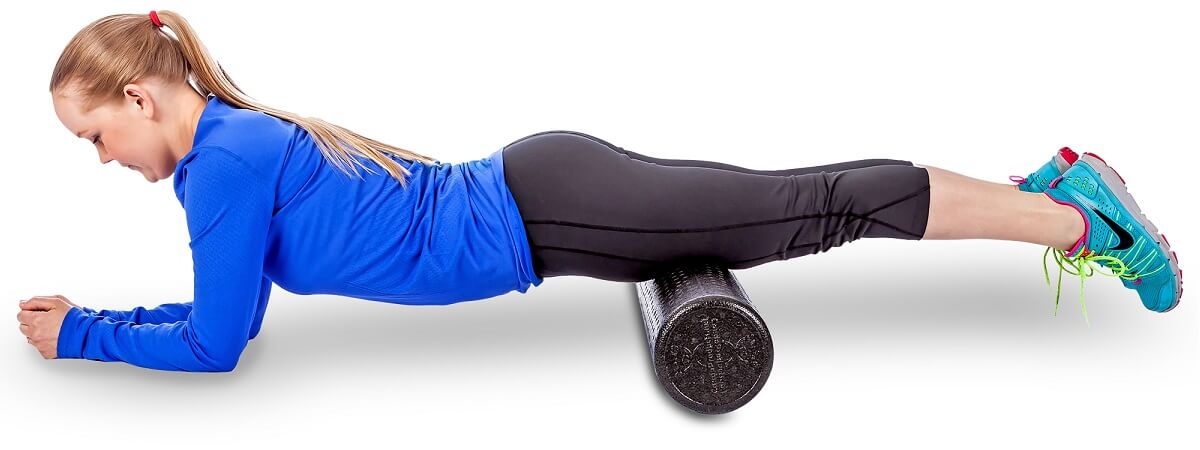What is Fascia?
The human body is an incredible and complex machine. The fact that we can move the way we do involves so many muscles, bones, and nerves. However, we forget about one important ingredient to our ability to move. In the past couple of years the term fascia has been thrown around and researched more. How can we apply our knowledge of fascia to our training and more importantly, what is fascia?
Fascia is defined as the biological fabric that holds us together or simply put; a connective tissue network. This connective tissue is made up of mostly web like fibers of collagen. This fibrous network encloses, separates, attaches, and stabilizes the muscles. There are different types of fascia to make things even more complicated. There is some controversy about the types of fascia according to different studies done at different time periods. For our explanation we will go over all of them. Our first type of fascia is superficial fascia. This is found just under the skin. Our second type of fascia and perhaps the one that is most important in a fitness context is deep fascia or the fascia of the muscles. This type surrounds the muscles, bones, nerves, and blood vessels of the body. The last type is visceral fascia. This is the fascia that surrounds and connects our organs.
Now that we have a definition of fascia the next obvious question is what does it do? What’s its purpose? Of course we are focusing more on the deep fascia since it pertains to the movement of the body. Fascia helps to transmit muscular tension and to reduce friction while moving. Since our nervous system passes through the layer of fascia, it can store and release potential energy to some degree. Simply put, it helps us move a little bit easier. However, one negative is that this collagen can tighten up over time and limit our efficiency as well as our flexibility. This is one of the reasons we use a foam roller to help loosen up our muscles and also break up some of the collagen over those muscles and the knots that can form. This is called myofascial release.
Can we train our fascia system? In a way we can. Obviously, a web-like system of collagen will not respond to direct exercise. You can’t target your fascia directly. There is a theory that our fascial systems allow us to move and that there are “lines” that our fascial system moves in and interconnects the muscles. Thomas Myers and his book, Anatomy Trains, outlines this theory that we have a system of lines of fascia that we move in. Similar to training our movement patterns (functional training), we can train these lines. By also focusing our myofascial release on these lines, we can keep these movements smooth and pain free. This theory can be applied to movement therapists and massage therapists as well.
Hopefully by now we have a better understanding of this complex and often times confusing anatomical term. A majority of us have not learned about this only because the research is relatively new. However, a basic understanding of the fascial system can benefit everyone from the average gym-goer to competitive athletes of all levels.
Body Elite Trainer, Sean Willitts
Sean is a graduate of Kutztown University with a degree in Sports Management and is a Certified Personal Trainer through the American Council on Exercise (ACE). An accomplished competitive powerlifter and record holder in Pennsylvania, seeing the hard work that allowed him to reach his goals inspired him to help others do the same. He loves sharing his knowledge with others and helping them progress. Success to him is seeing his own clients succeed.
Works Cited
Myers, T. W. (2009). Anatomy Trains. London: Elsevier Limited.


